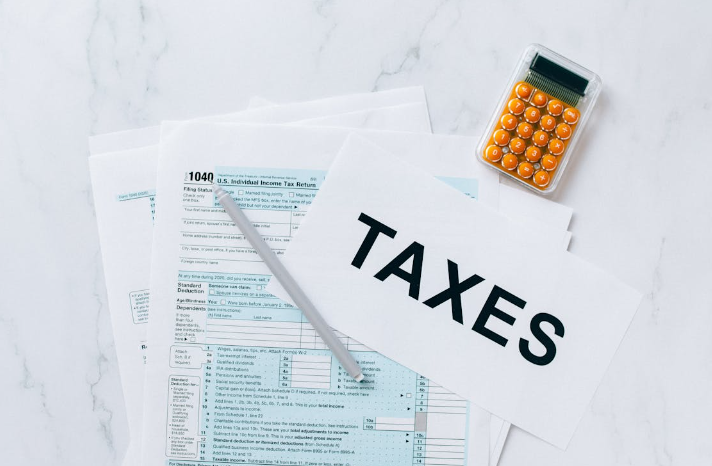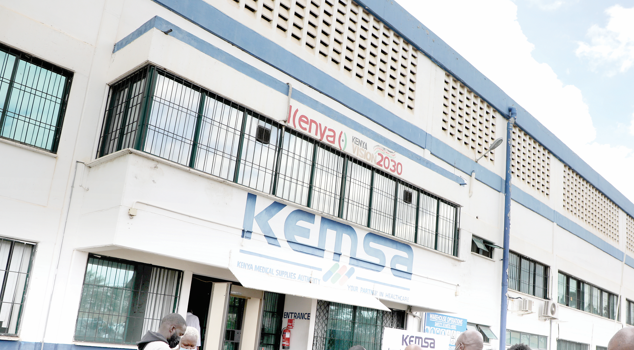KRA explains revised CRSP list for used vehicles after public inquiry

Days after the Kenya Revenue Authority (KRA) confirmed plans to implement a revised Current Retail Selling Price (CRSP) list for new motor vehicles, marking the first update since 2019, various platforms have been buzzing with how the new directive would affect the motor industry starting July 1, 2025.
In a follow-up statement on Friday, June 6, 2025, KRA explained that CRSP, which is typically reviewed and updated periodically, plays a key role in determining the applicable taxes on imported vehicles.
Taxman further indicated that the changes are meant to reflect the latest market developments, including the introduction of new vehicle models, prevailing economic conditions, and changes in key variables such as exchange rates, import duty, and excise duty.
What is CRSP
According to the taxman, CRSP stands for the Current Retail Selling Price of a new motor vehicle. The customs value of a used motor vehicle is calculated by applying depreciation to the CRSP, based on the number of years since the date of manufacture or the year of first registration.
The decision to adopt this new policy followed wide consultations with various industry players who agreed that CRSP method would help address challenges encountered in valuing used motor vehicles.
” This approach aims to standardize values and ensure predictability and transparency within the industry. It was also agreed that the CRSP would be reviewed periodically to reflect changes in the economic environment, including exchange rate fluctuations, inflation, the introduction of newer vehicle models, and changes in tax rates, among other factors,” KRA explained.

Legal basis
In a lengthy statement, the taxman notified the public that the proposed policy change is based on the World Trade Organisation (WTO) Agreement on Customs Valuation, which has been domesticated under Section 122 and the Fourth Schedule of the East African Community Customs Management Act (EACCMA), 2004.
“This legal framework outlines the methods used to determine the customs value of imported goods,” KRA explained.
In Kenya, its planned introduction faced resistance, where some stakeholders lodged a legal battle in 2020. The court battle forced KRA to halt brakes on CRSP implementation, but forced them to go back to the drawing board.
In compliance with a court order, KRA held various stakeholder engagements on the valuation methodology for used motor vehicles. These sessions included representatives from motor vehicle dealers and importers. The Authority also invited the public to submit comments on the matter.
“During the engagements, stakeholders expressed opposition to the use of FOB (invoice) values and preferred the continued use of the CRSP. A working team was constituted comprising representatives from the Kenya Auto Bazaar Association (KABA), Car Importers Association of Kenya (CIAK), Kenya International Freight Forwarders & Warehousing Association (KIFWA), and the Customs & Border Control Department to review the CRSP list,” KRA explained.

At a joint technical meeting held on January 29, 2025, the team set out the Terms of Reference (TORs), agreed on the data sources (primarily Japanese Yearbooks), and defined the methodology and timelines for the review. It was later observed that some models were not listed in the Japanese Yearbooks, and it was therefore agreed to supplement the data using Goo-net for any missing models.
A validation meeting was held in May 2025, where the draft list was reviewed and further input from stakeholders was received and incorporated.
Source data
According to KRA, the source data used to generate the 2025 CRSP list includes detailed model specifications based on trim levels and vehicle performance, unlike the 2019 CRSP, which relied more generally on engine capacity and drive configuration.
Moreover, the 2025 CRSP list has 5200 unique models as compared to the 2019 list, which had about 3000 models.
“Despite this expansion, some models are missing from the 2025 list because they were not found in either the Japanese Yearbooks or Goo-net. However, once the technical team agrees on additional data sources, the list will be continuously updated and made available on the KRA website,” taxman maintained.














